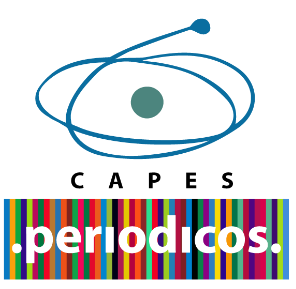The environment within production and distribution of school meals
DOI:
https://doi.org/10.5433/1679-0367.2015v36n1p3Keywords:
Waste products, Environmental education, Food handling.Abstract
Brazilian Food Guide reiterates that food should be safe from harvesting, transportation and even storage, preparation and distribution in the school environment. From this perspective, this study aimed to identify aspects of the environment, physical spaces and the surrounding area where school meals are produced and distributed, as well as food handling conditions and environmental education. Ten public schools in a city in Western Santa Catarina were analyzed. A semi-structured questionnaire was applied to a representative from each school and to those responsible for the handling and distribution of school meals. It is an adapted instrument, based on the Collegiate Board Resolution of the National Health Surveillance Agency No. 216/2004 and No 275/2002. It was observed that there are environmental education actions in all schools; 90% (n=9) presented selective system of garbage collection and 20% (n=2) designed organic waste for composting. In 90% (n=9) of the schools, water comes from the public system and in 10% (n=1) from artesian water wells. None of the schools fully complies with the standards on the condition and adequacy of physical facilities in the areas of production and distribution of school meals. In all of them, partial adjustments were observed about legislation on physical spaces and environment besides the lack of guidance to handlers. This demonstrates that corrective and preventive actions are necessary to address the inadequacies found in schools.Downloads
Downloads
Published
How to Cite
Issue
Section
License
Copyright (c) 2015 Semina: Ciências Biológicas e da Saúde

This work is licensed under a Creative Commons Attribution-NonCommercial 4.0 International License.
adopts the CC-BY-NC license for its publications, the copyright being held by the author, in cases of republication we recommend that authors indicate first publication in this journal.
This license allows you to copy and redistribute the material in any medium or format, remix, transform and develop the material, as long as it is not for commercial purposes. And due credit must be given to the creator.
The opinions expressed by the authors of the articles are their sole responsibility.
The magazine reserves the right to make normative, orthographic and grammatical changes to the originals in order to maintain the cultured standard of the language and the credibility of the vehicle. However, it will respect the writing style of the authors. Changes, corrections or suggestions of a conceptual nature will be sent to the authors when necessary.
This Journal is licensed with a license Creative Commons Assignment-NonCommercial 4.0 International.















